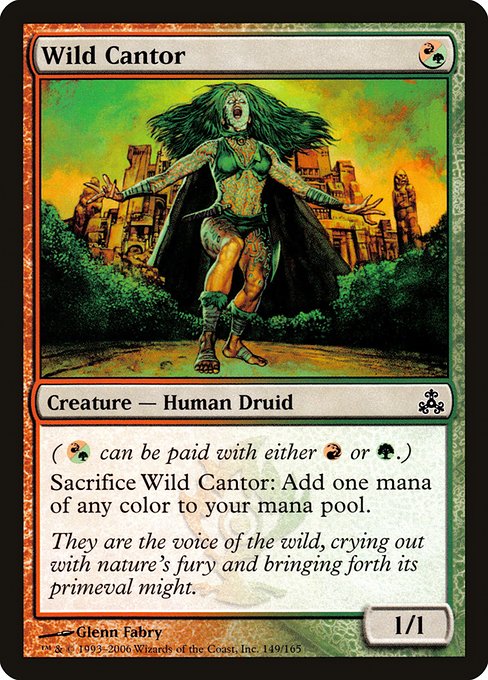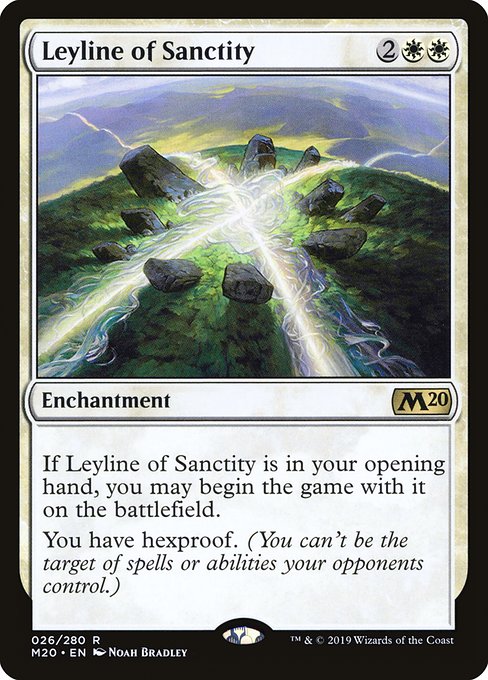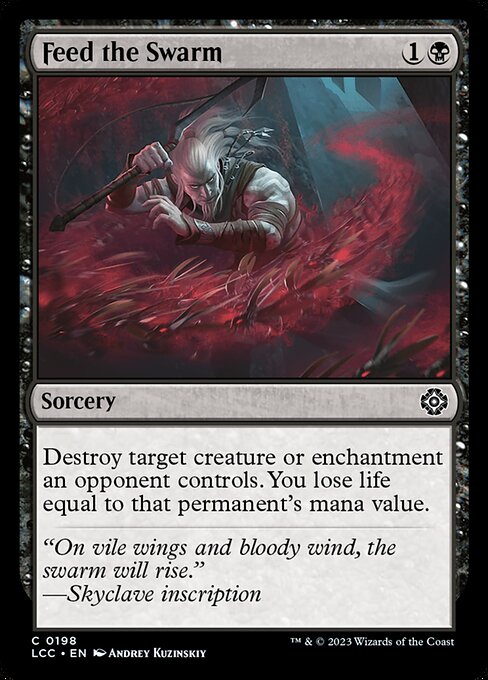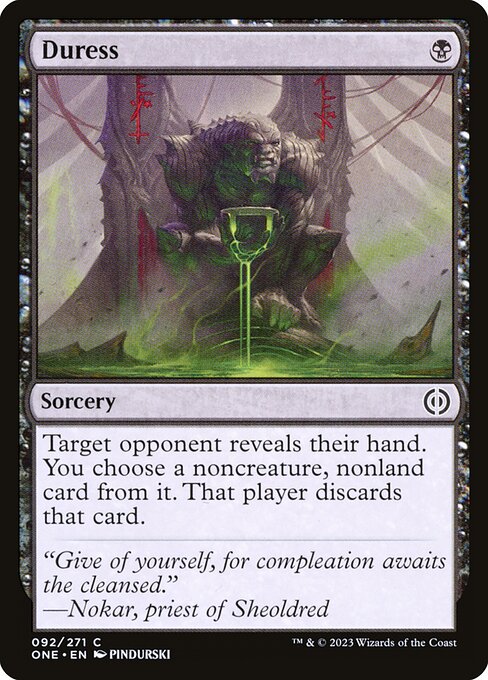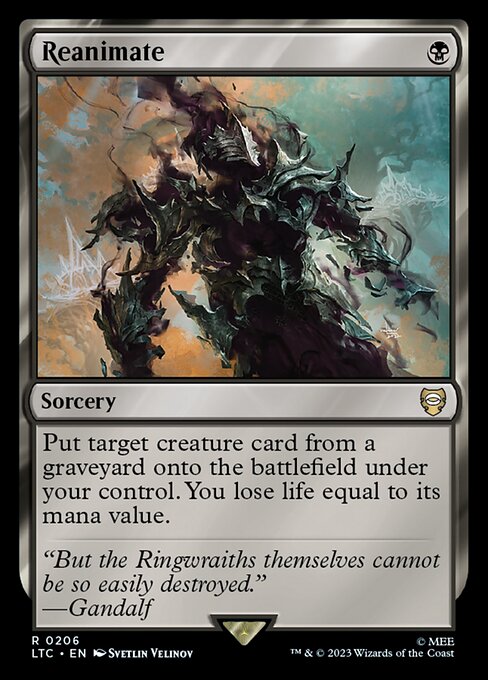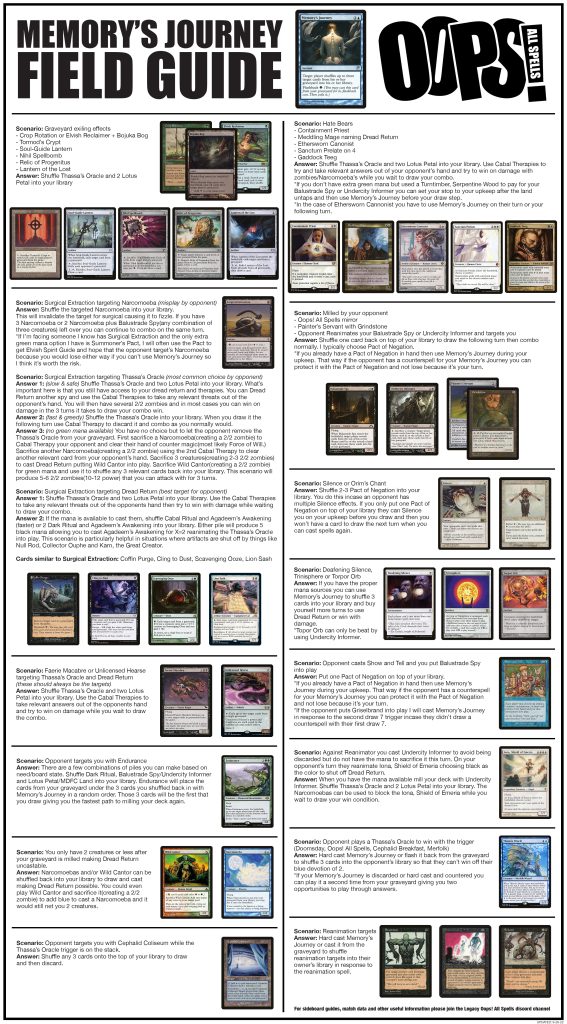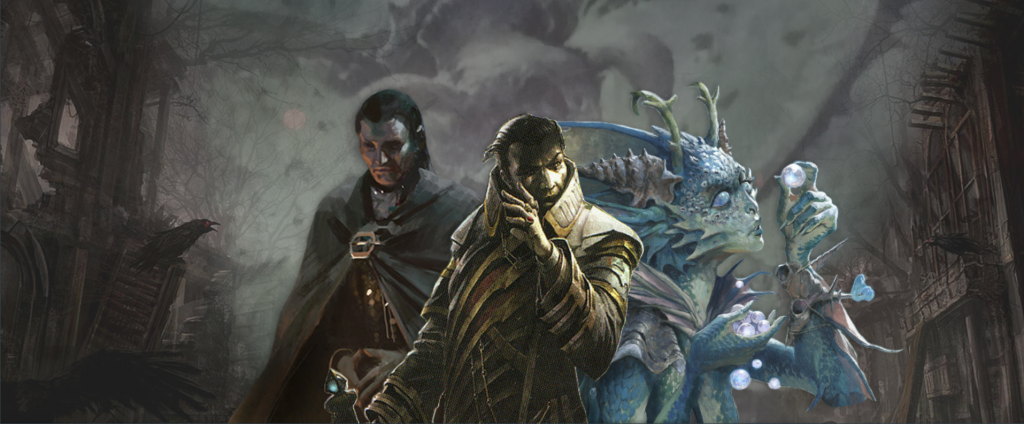
People frequently assume Legacy is an overly expensive format but many do not realize there is a competitive deck that can be purchased for under $800. I would like to introduce you to Legacy Oops all spells! Near the end of 2021, one of the best Legacy Oops players, Magic Online user Byvci finished 9th at a 554 player Eternal Weekend online event. After the 3 massive Eternal Weekend Legacy events concluded, Oops had the highest overall win rate of any combo deck with 56%. Byvci‘s list list can be found below:





60 cards
Sideboard
15 cards
Deck Type
Oops All Spells is a spell and graveyard based combo deck designed to win as early as possible while still having as much protection as you can. You most often win on turn 1 but occasionally games stretch out a few turns longer if your opponent has interaction or your opening hand is slower. Oops abuses the London Mulligan better than any other deck in Legacy as you are a 1 card combo deck. This deck mulls a lot because you can win on your first turn with as few as 4 cards in your opening hand.
Oops Strategy
Your game plan on Oops is pretty simple; you want to cheat Thassa's Oracle into play with an empty library as early as turn 1. In order to do that, you need to generate four mana including a black source. This is easily made possible by the 35 mana sources available in your deck. To win, you need to cast one of your combo pieces (Balustrade Spy for 4 mana or Undercity Informer for 3 mana plus one for its activated ability’s cost), target yourself with the ability, and mill your entire deck as you won’t find any land (remember MDFC’s like Agadeem's Awakening are spells on the front side, so they don’t count as lands). This will trigger Narcomoeba’s ability and they will enter the battlefield. You then cast your Cabal Therapys to make sure the coast is clear before flashing back Dread Return sacrificing three Narcomoeba and putting Thassa's Oracle into play. Thassa's Oracle‘s ability will then trigger, see your empty library and you win the game! Some games, you can do all of this on turn 1 while still having 1-2 pieces of protection (Thoughtseize and/or Pact of Negation). In game 1, it is generally encouraged to mull to a turn 1 kill hand and try to win regardless of if you have protection or not.
Card Choices
Players interested in learning Oops commonly ask why we play 1 Bridge From Below, 1 Wild Cantor, and 2 Cabal Therapy. These 4 cards are vital for the deck to properly function and can never be sideboarded out.
2 Cabal Therapy are needed in case you draw both Thassa's Oracle & Dread Return, you can flashback targeting self to put them in the graveyard. You may think this won’t come up much, but it is a lot more common than you would expect. You don’t want to ever lose a game by keeping a turn 1 kill on the draw with either Thassa's Oracle or Dread Return in hand and topdeck the other as draw for turn and lose as a result for having only 1 Cabal Therapy in your list. Similarly, you don’t want to have to mulligan away a turn 1 kill that has either Thassa's Oracle or Dread Return in your opening hand. The mulls are already fragile enough with this deck and we don’t want to lose more games from having to mull easy keeps if your list was just sufficiently built instead. It is also fairly common that Oops plays the entire combo around Flusterstorm and/or Force of Negation up until you need to start casting flashback spells. If you have less than 2 Cabal Therapy, you can easily lose to those counterspells when you try to resolve your Dread Return.
1 Bridge From Below is required to beat non-white removal such as Lightning Bolt, Fatal Push or even an on board sweeper like Plague Engineer. Bridge From Below is also necessary if you draw Narcomoebas or need to flashback both Cabal Therapys (which comes up nearly ever game).
Wild Cantor is played as an additional black source. Oops’s biggest choke point is missing an initial black source. Most hands are not keep-able without a black source. Wild Cantor turns your 4 Summoner's Pact into a black source. I cannot begin to explain how many games are won with the inclusion of Wild Cantor in the list.
Sideboard Choices
Oops sideboard consists of 13 must-have cards, and 2 flex slots. The 13 cards you must have are: 4 Xantid Swarm, 4 Leyline of Sanctity, 4 Force of Vigor, and 1 Foundation Breaker.
Xantid Swarm is brought in versus all (non-black) blue fair decks and some blue combo decks. Xantid Swarm either forces them to have a removal spell or use Force of Will. If you get to attack with Xantid Swarm, there are very few things you lose to.
Leyline of Sanctity is needed to beat Bojuka Bog and Endurance based strategies. These decks include: Lands, GW Depths, and Elves. Leyline of Sanctity is also brought in vs Storm based decks (ANT, TES, TEG, BSS). We also bring it in versus Reanimator to buy the time you need to win. Occasionally Leyline of Sanctity is brought in vs heavy discard decks where you want to side out Pact of Negation, but these decks are usually not high tier decks or very playable. Heavy discard decks Sanctity is good versus would include: Turbo Depths, Pox, Smog, Deadguy, Nic Fit, or Dredge.
Force of Vigor is played as a 4 of to beat prison or stompy based strategies as well as non-blue decks where you expect Leyline of the Void as their main hate piece for us and we still need to win in a timely matter.
Foundation Breaker acts as your safety net in the blind and against most blue decks. It is super free to side in as a 1 of that is tutor-able with Summoner's Pact. We frequently side it in vs Delver, Control, & Sneak in case they have 1-2 sideboard hate artifacts such as Grafdigger's Cage or Soul-Guide Lantern.
Sideboard Flex Slots
In addition the the 13 main-stay sideboard cards above, you then get 2 flex slots that can be used to get an edge against certain decks you want to target. In order to best use these slots, you want them to be the same card rather than a 1/1 split.
Veil of Summer
I personally tend to play 2 Veil of Summer in that slot. In the past, we used to just side Xantid Swarm or Leyline of Sanctity against UBx decks and it made us either too weak to discard or counterspells.
Veil is excellent against Doomsday, Death’s Shadow, Cephalid Breakfast and Grixis Tempo. It is also useful against 8cast to beat Chalice of the Void on 0 (which is the best number to put it on against Oops), as well as acting as anti-counterspell protection. Other decks I side in Veil against include (but not limited to): Grixis Control, Black Stompy, BUG Scam, Storm (ANT, TES, TEG, BSS), Ninjas and Aluren.
Graveyard Hate
Faultedform is known to use his flex slots on graveyard hate. He’s most well known for playing 2 Surgical Extraction but it isn’t uncommon to see his lists feature Leyline of the Void instead.
Surgical Extraction is best if you plan to also side it in vs Doomsday to mess up their piles or potentially Thoughtseize their Doomsday and then Surgical Extraction to remove all copies from their deck.
The main theory behind Leyline of the Void is that if you have either Leyline or Surgical in your opening hand vs Reanimator, you’d rather put Leyline into play than hope your opponent doesn’t have discard (or multiple ways to go off) to beat Surgical. Faulted also likes siding in Leyline vs Echo of Eons decks to prevent them from messing up your mulligan.
When I play graveyard hate, I tend to prefer Faerie Macabre due to it being slightly better against Cephalid Breakfast.
Any of these 3 options are acceptable if your aim is to get an edge against Reanimator or other graveyard based strategies.
Creature Removal
GrouchyTurtle (on Discord) has recently popularized Dismember. While you may not see Dismember in a ton of published lists, our discord still recognizes it as a very legit choice for your flex slots. Dismember is the best removal spell to beat Dauthi Voidwalker; which Oops normally has 0 realistic outs to (sometimes you can get past it with beatdowns but that’s very rare). It’s also helpful against Wx (Mono W & Boros) Initiative & DnT because it can kill any hate-bear they may play including: Containment Priest, Thalia, Guardian of Thraben, Anointed Peacekeeper and Archon of Emeria. You can also side it in against UWx control decks if you know their list has Containment Priest or you see it in a previous post-board game.
Similar to Dismember, Faultedform and myself have tested with Feed the Swarm. Feed is far worse against the White based decks but better against Black Stompy because it can hit both Dauthi Voidwalker and Leyline of the Void.
I’ve seen lists before with Slaughter Pact or Fatal Push. I would really not recommend either of these due to casting restrictions; Push costs Black mana (which we are often lacking) and Pact cannot kill Dauthi Voidwalker – which is the biggest reason to want removal in the first place.
Less Common Sideboard Flex Slot Options
In the past, we’ve experimented with a lot of different cards in these slots, and while most of us wouldn’t recommend any of the following anymore, they are worth showing in case you want to try them:
Memory’s Journey
The stock list of Oops All Spells is a very linear strategy. It has one way to win and wants to do it as fast as possible. The beauty of Memory's Journey is that it opens up a variety of alternate paths to victory. The ability to shuffle 3 cards back into your library almost operates as a mini Doomsday pile and allows you to play around various hate cards. Memory's Journey is often added to the deck as the 61st card for a few reasons. The stock Oops All Spells list is so finely tuned that you can’t really afford to cut anything (most likely a mana source) to add Memory’s Journey. You also don’t want it to take up a valuable spot in your sideboard. It works better in the main deck as it can be relevant in game 1 situations and you almost never sideboard it out anyways.
There a 4 common ways to win with Memory's Journey:
1. Hard cast Thassa's Oracle: In this scenario, you shuffle 2 Lotus Petal and Thassa's Oracle into your library. After 3 draw steps, you can play cast both Lotus Petals then cast Thassa's Oracle to win.
2. Combat damage kill: Putting 3 cards on top of your library allows you to attack for 3 turns with your Balustrade Spy, Narcomoebas and/or any 2/2 zombie tokens made from casting Dread Return and Cabal Therapys. It is common to create anywhere between 6-12 power worth of attackers. Attacking for damage can often be done while waiting to draw and hard cast Thassa's Oracle making the opponent have to stop you on two fronts.
3. Dodge Surgical Extraction targeting Narcomoeba: If the opponent targets Narcomoeba you can target that same Narcomoeba with Memory's Journey to shuffle it into your library. This makes Surgical Extraction‘s target invalid so it will not resolve. The other 3 Narcomoebas will then into play and you can Dread Return normally.
4. Buy yourself an extra turn if your deck is milled before your draw step: Being able to put cards back into your library makes it so you can’t die in your draw step then you can proceed to cast Dread Return or create zombies to attack.
For more detailed scenarios on how to beat specific cards and win in an assortment of other situations please refer to the ‘Memory’s Journey Field Guide’ Faulted_Form has created:
Memory's Journey‘s main function is to be in the graveyard when you mill your deck so you don’t ever want to draw it. Having only a single copy increases the chances that you won’t. The fact that you often mulligan aggressively with the deck also means that you can almost always make it possible to not have Memory’s Journey in your opening hand. So by adding Memory’s Journey as a 61st card it has a low probability of being drawn/affecting your draws and a high probability of being milled into your graveyard where you need it.
Another reason for Memory’s Journey to be in the main deck is that it makes sideboarding less awkward. The most common cards to sideboard out are the 2 Chrome Mox and 4 Cabal Ritual. Typically you don’t want to side out more than 4-5 of those 6 cards because it’s important to not go down too far on mana sources. Most of the Oops sideboard answers are 4 copies of a card so you wouldn’t want to have Memory’s Journey come in from the sideboard as well and replace even more mana sources.
Sideboard Guide (Updated July 21, 2023)
Creating a sideboard guide for Oops is rather difficult since you often sideboard based on the limited cards you see game 1 and what hate you expect the opponent to have. That being said, this is a general guide of how I recommend sideboarding:
- Note that this is my personal sideboard guide and a shortened form, you can find Faulted_Form‘s guide (slightly different list), as well as my older list (sb flex slot Faerie Macabre) in the Oops discord





61 cards
Sideboard
15 cards
(Non-Black) Tempo decks (UR Delver/Jeskai/RUG)
| In | Out |
|---|---|
| +4 Xantid Swarm | -4 Cabal Ritual |
| +1 Foundation Breaker | -1 Chrome Mox |
UBx Tempo decks (Death’s Shadow/Grixis Tempo)
This is for tempo decks that play discard spells:
| In | Out |
| +2 Veil of Summer | -3 Cabal Ritual |
| +1 Foundation Breaker |
Initiative (Mono W/Boros)
| In | Out |
| +4 Force of Vigor | -4 Pact of Negation |
| +1 Foundation Breaker | -1 Cabal Ritual |
Control Decks (4c/Jeskai/Blue Zenith/Bant)
| In | Out |
|---|---|
| +4 Xantid Swarm | -4 Cabal Ritual |
| +1 Foundation Breaker | -1 Chrome Mox |
Doomsday
| In | Out |
|---|---|
| +2 Veil of Summer | -3 Cabal Ritual |
| +1 Foundation Breaker |
Lands
| In | Out |
|---|---|
| +4 Leyline of Sanctity | -4 Cabal Ritual |
| +1 Foundation Breaker | -1 Chrome Mox |
Death and Taxes
On the play:
| In | Out |
|---|---|
| +1 Foundation Breaker | -1 Cabal Ritual |
On the draw:
| In | Out |
| +4 Force of Vigor | -4 Thoughtseize |
| +1 Foundation Breaker | -1 Cabal Ritual |
Elves
Nettle Elves typically has sideboard Leyline of the Void, where Reclaimer usually doesn’t.
| In | Out |
|---|---|
| +4 Leyline of Sanctity | -4 Thoughtseize |
| +1 Foundation Breaker | -1 Cabal Ritual |
| In | Out |
|---|---|
| +4 Force of Vigor | -4 Pact of Negation |
| +4 Leyline of Sanctity | -4 Thoughtseize |
| +1 Foundation Breaker | -1 Cabal Ritual |
8cast
| In | Out |
|---|---|
| +2 Veil of Summer | -3 Cabal Ritual |
| +1 Foundation Breaker |
- Some players bring in Force of Vigor, but I see that as super questionable. 8cast is a blue deck and can easily counter it. You have no way of protecting a Force of Vigor cast on their turn, but can protect a Foundation Breaker on your turn. 8cast also is known to play more spell based interaction like Force of Will, Force of Negation, Flusterstorm, and even Surgical Extraction than permanent hate.
Moon Prison/Stompy
| In | Out |
|---|---|
| +4 Force of Vigor | -4 Pact of Negation |
| +1 Foundation Breaker | -1 Thoughtseize |
GW(x) Depths
| In | Out |
|---|---|
| +4 Leyline of Sanctity | -4 Cabal Ritual |
| +1 Foundation Breaker | -1 Chrome Mox |
Green post
| In | Out |
|---|---|
| +4 Leyline of Sanctity | -4 Cabal Ritual |
| +1 Foundation Breaker | -1 Chrome Mox |
Sneak & Show/Omnitell
| In | Out |
|---|---|
| +4 Xantid Swarm | -4 Cabal Ritual |
| +1 Foundation Breaker | -1 Chrome Mox |
Storm (ANT/TES/TEG)
| In | Out |
|---|---|
| +4 Leyline of Sanctity | -4 Pact of Negation |
| +2 Veil of Summer | -2 Thoughtseize |
Reanimator
| In | Out |
|---|---|
| +4 Leyline of Sanctity | -4 Pact of Negation |
| +2 Veil of Summer | -2 Thoughtseize |
Mirror match (Oops)
| In | Out |
|---|---|
| +4 Leyline of Sanctity | -4 Pact of Negation |
Blind (unknown after game 1)
| In | Out |
|---|---|
| +1 Foundation Breaker | -1 Cabal Ritual |
- Don’t assume your opponent is on non-blue just because they don’t have a Force of Will in their opening hand game 1. Remember that they also didn’t know what you were on before the match started and could easily still be on a blue deck.
Data
In the Legacy Oops All Spells discord server, I have been keeping data on all the matches submitted by players running stock lists. The first data sheet was from when we started keeping track (May 27, 2021) to the day Ragavan, Nimble Pilferer was banned (January 25, 2022) plus the days it took till it was taken off of Magic Online Legacy (January 27, 2022). I will not bother to discuss the old sheet because it is now outdated but it does have over 3600 matches of valuable data on it.
The sheet with the most data was the one following (May 27, 2021 – Jan. 26, 2022). This sheet covered from the time after Ragavan was banned to the day Expressive Iteration and White Plume Adventurer were banned. While this meta is slightly different to the current one, I feel it is a better sheet to discuss because we have way more data from this time and the decks themselves did not change much to affect our matchups against them. Our sheets include all the decks in the meta plus an additional few variants of decks. Decks that are not played very much because of lack of competitiveness are listed under “other”. “Unknown” are decks where we don’t see enough cards during the match to properly identify without having to take a guess. All control decks are listed separately because their hate for us is often different enough.
Our data shows that UR Delver is close matchup but they are slightly favored. Doomsday is near impossible, especially if they have sideboard Leyline of the Void or even worse; Dauthi Voidwalker . 4c Control can also be fairly tough as their hate is often very diverse (something Oops often struggles with most). Other than those 3, Oops All Spells is favored against most else in the competitive meta. The best matchups for Oops are Storm based decks and fair non-blue decks. Between May 2021 and March 2023, our overall win rate maintained a solid 57-58% win rate.
It’s worth noting that in the current meta, decks like Death’s Shadow and Grixis Delver are much more popular. These decks are UBx which allows them to play both discard spells and counterspells. These are very tough matchups for us and due to their presence, our overall win rate has taken a bit of a dip to around 53%. Experienced pilots can still maintain a much higher win rate though (I’m personally over 60% in the current meta).



Links to Data sheets
Extra Credits:
Thank you to the Oops All Spells discord for all the help on this article. A special thanks to Faulted_Form for writing the section on Memory's Journey, and mtgo user Langlois (Alfa on the discord) for assistance with the deck strategy. Additionally, people often assume Oops is my creation, and that is far from the truth. Oops in its’ current form was built by a combination of myself, ArcanistAbe, Byvci, Faulted_Form and Legacy combo mastermind Jax. Jax came up with the Foundation Breaker sideboard tech that has won us so many games and Faulted_Form is fully responsible for the 61st card Memory's Journey tech.
Thank you all for reading. I hope this article provides some helpful insights into Legacy Oops All Spells!
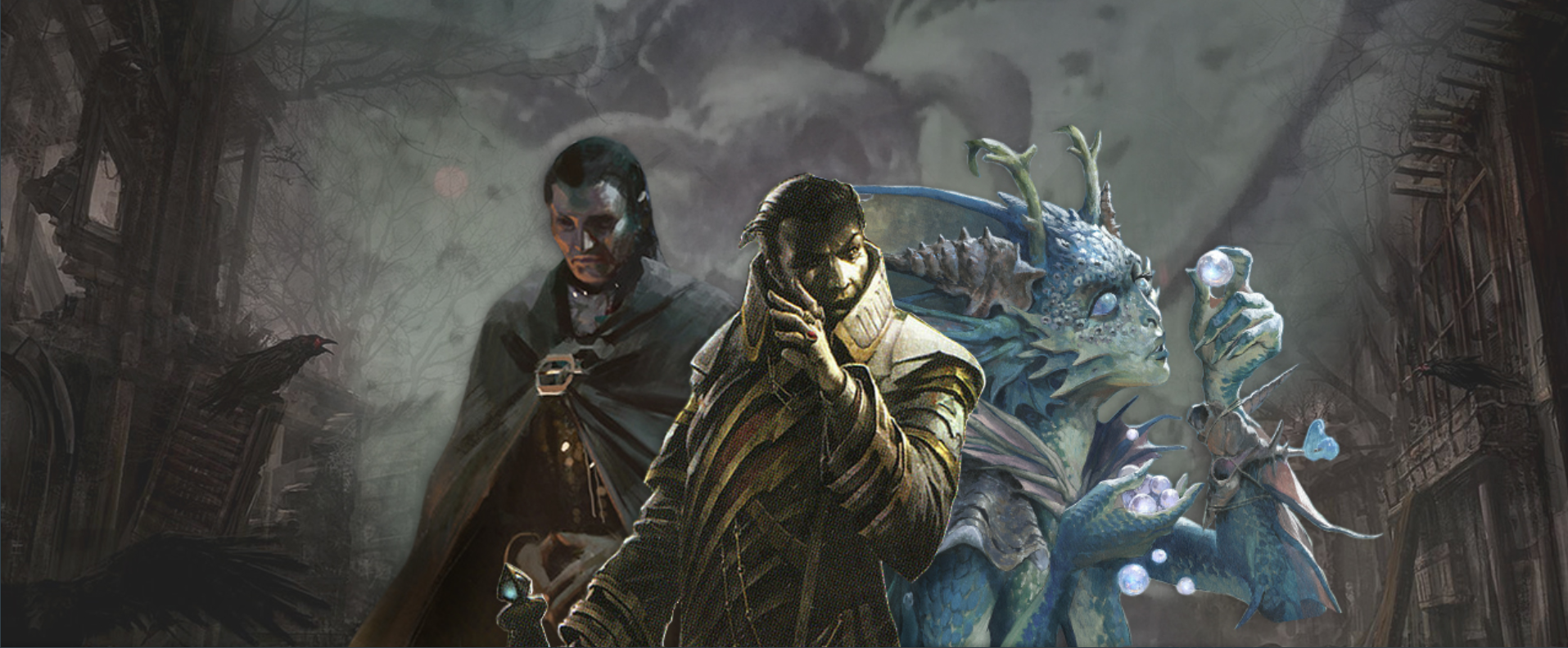
 Artifacts (6)
Artifacts (6)






